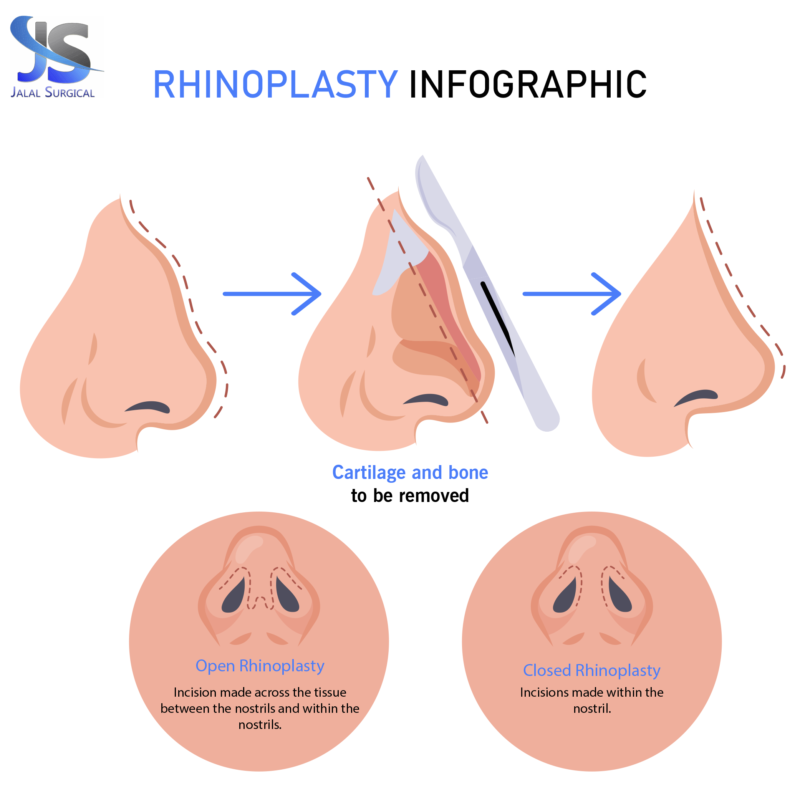In today’s landscape, medical skill alone is no longer enough—you need visibility, reputation, and effective patient engagement.
This article explores how different specialties—general surgery, rhinoplasty, gastrointestinal diagnostics—are evolving in the American market, and how tools like Google Ads help doctors reach the right patients.
Let’s begin by examining the world of general surgery and its role in today’s healthcare market.
General Surgery Trends in the US
While many surgical subspecialties exist, general surgeons remain the backbone of hospital-based and outpatient surgical care.
ASCs allow general surgeons to perform procedures like hernia repairs, gallbladder removal, and appendectomies outside traditional hospital settings.
For general surgeons to remain competitive, clinical expertise must be paired with business acumen.

Cosmetic Surgery Trends: Focus on Rhinoplasty
Patients seek rhinoplasty not only for beauty but also for functional reasons, such as improving breathing or correcting congenital defects.
This shift has increased patient satisfaction and expanded the candidate pool beyond traditional demographics, including more male and older patients.
Highlighting before-and-after galleries, patient testimonials, and expertise on clinic websites can build trust and drive consultation bookings.
Endoscopy Advances: Improving Diagnostic Accuracy
Procedures like upper GI endoscopy and colonoscopy allow doctors to detect ulcers, polyps, cancers, and inflammatory diseases with precision.
High-definition imaging, narrow-band light, and capsule endoscopy now offer enhanced diagnostic accuracy.
Gastroenterologists benefit from marketing strategies that explain the value of early detection, outline procedure safety, and highlight insurance coverage.

Google Ads for Physicians: Reaching More Patients
Google Ads has become a powerful tool for doctors to reach potential patients at the moment they’re looking for services like general surgery, rhinoplasty, or endoscopy.
Tracking metrics like click-through rates (CTR), cost per acquisition (CPA), and return on ad spend (ROAS) helps refine campaigns over time.
Additionally, healthcare providers must follow industry-specific advertising regulations, ensuring compliance with HIPAA and avoiding misleading claims.
Bringing Together Clinical Excellence and Smart Marketing
It’s no longer enough to offer outstanding care if patients can’t find you online.
Gastroenterology practices performing endoscopies can launch awareness campaigns highlighting the importance of preventive screenings.
Clinics that invest in both clinical excellence and smart digital outreach position themselves for long-term success in the competitive US healthcare market.
Conclusion: Thriving in the US Healthcare Market
Whether you’re a general surgeon, cosmetic specialist, or gastroenterologist, your ability to deliver excellent care must be matched by your ability to reach and retain patients.
Simultaneously, adopting effective marketing strategies ensures those services are visible and accessible to the patients who need them.
Clinics that commit to ongoing improvement, both medically and operationally, are positioned not just to survive but to thrive.
Common Questions About Healthcare Marketing and Strategy
What strategies help surgeons grow their practice?
Educational content and community outreach also help position surgeons as trusted experts.
What’s driving the demand for rhinoplasty?
Advances in surgical techniques, minimally invasive options, and natural-looking results have broadened its appeal.
Why is endoscopy critical for patient care?
Endoscopy offers minimally invasive, highly accurate ways to diagnose digestive conditions, detect early-stage cancers, and guide treatment plans.
Why should doctors use Google Ads?
It helps increase online visibility, drive website traffic, and convert leads into appointments.
How will healthcare marketing evolve?
Practices must stay agile, adapting to digital trends while maintaining ethical standards.
pagina com mais detalhes